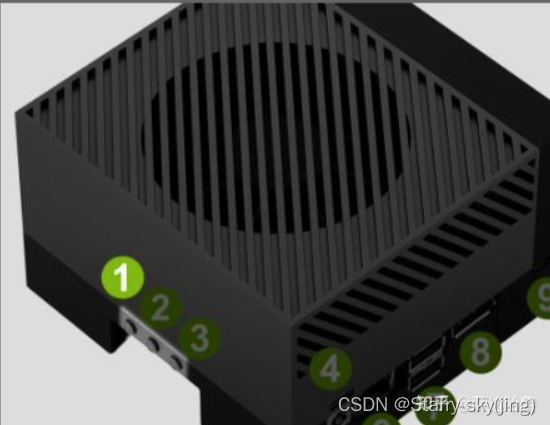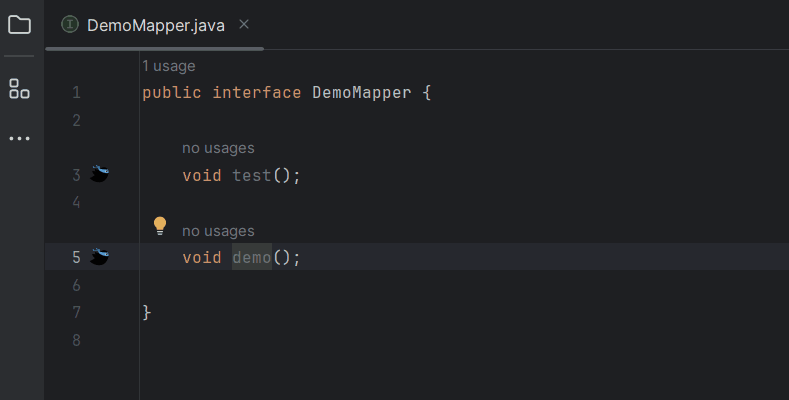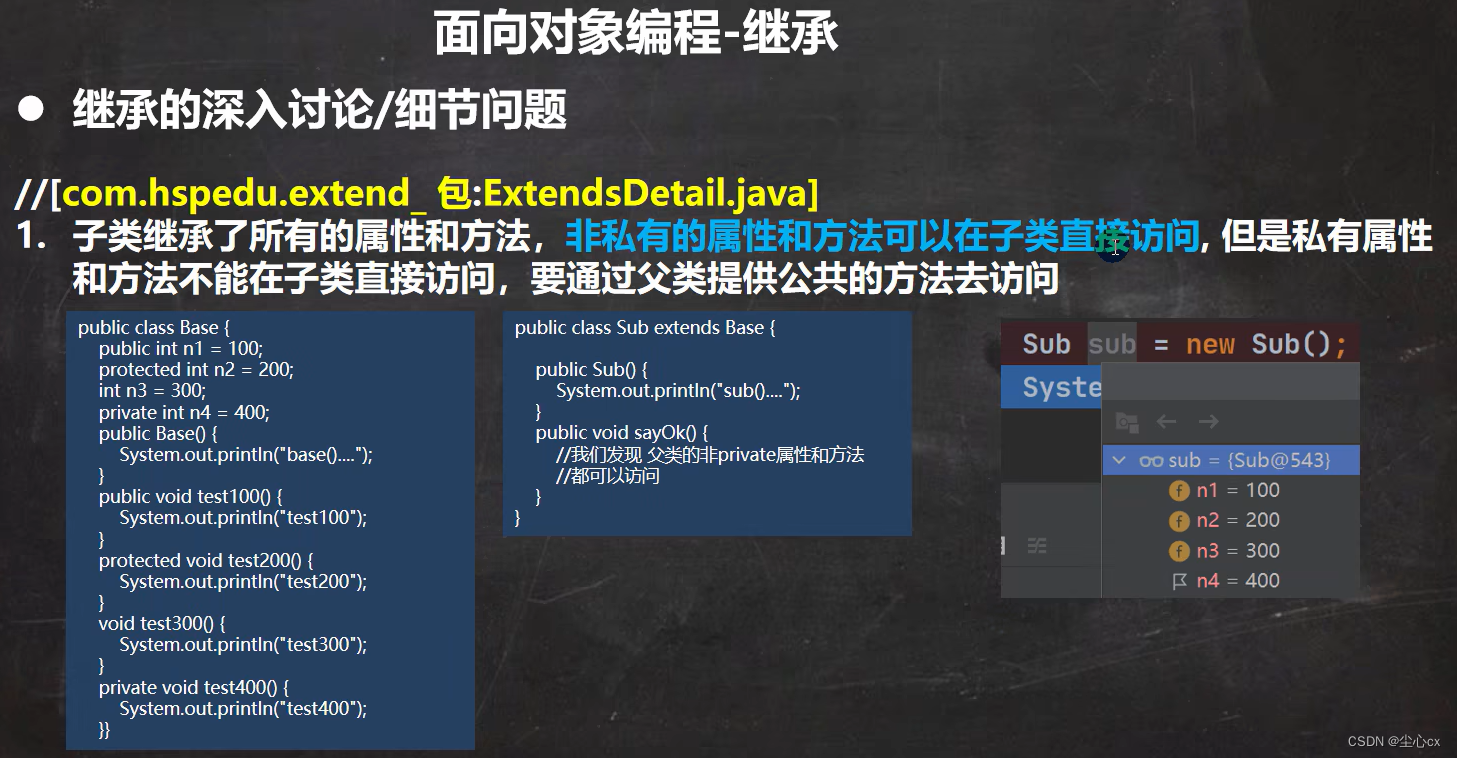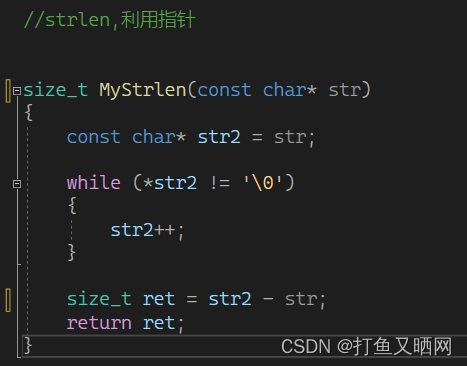- 导入使用到的包
import random
import math
import matplotlib.pyplot as plt
import numpy as np
import open3d as o3d
import cv2
- 基于传统特征点匹配的2D配准函数。函数输入为想要配准的source图和target图,两个图像均为维度
(h, w, 3)的ndarray。函数可以选择使用不同的特征提取方式:SIFT/SURF/ BRISK/ORB/AKAZE。函数实现了匹配点、配准图的可视化。
def akaze_registration2d(source_image, target_image, optical_flow_gt=None):
sift = cv2.xfeatures2d.SIFT_create()
surf = cv2.xfeatures2d.SURF_create()
brisk = cv2.BRISK_create()
orb = cv2.ORB_create()
akaze = cv2.AKAZE_create()
kp1, des1 = akaze.detectAndCompute(source_image, None)
kp2, des2 = akaze.detectAndCompute(target_image, None)
bf = cv2.BFMatcher()
matches = bf.knnMatch(des1, des2, k=2)
"""
# get the flann matcher
FLANN_INDEX_KDTREE = 0
# para1:indexParams
# for SIFT and SURF: index_params=dict(algorithm=FLANN_INDEX_KDTREE, trees=5)
# for ORB: index_params=dict(algorithm=FLANN_INDEX_LSH, table_number=6, key_size=12)
indexParams = dict(algorithm=FLANN_INDEX_KDTREE, trees=5)
# para2:searchParams (the number of recursive traversals)
searchParams = dict(checks=50)
# ues FlannBasedMatcher to find the nearest neighbor
flann = cv2.FlannBasedMatcher(indexParams, searchParams)
# use knnMatch and return matches
matches = flann.knnMatch(des1, des2, k=2)
"""
matches = sorted(matches, key=lambda x: x[0].distance)
good_matches = []
n = 50
for d1, d2 in matches:
if d1.distance < 0.9 * d2.distance:
good_matches.append([d1])
img3 = cv2.drawMatchesKnn(np.uint8(source_image), kp1, np.uint8(target_image), kp2, good_matches, None, flags=cv2.DrawMatchesFlags_NOT_DRAW_SINGLE_POINTS)
plt.imshow(img3.astype('uint8'))
plt.show()
cv2.imwrite('akaze_matches.jpg', img3)
ref_matched_kpts = np.float32([kp1[m[0].queryIdx].pt for m in good_matches]).reshape(-1, 1, 2)
sensed_matched_kpts = np.float32([kp2[m[0].trainIdx].pt for m in good_matches]).reshape(-1, 1, 2)
plt.ion()
ndarray_image = np.concatenate([source_image, target_image], axis=1)
plt.imshow(ndarray_image.astype('uint8'))
plt.show()
plt.savefig('akaze_registration2d.png')
H, status = cv2.findHomography(ref_matched_kpts, sensed_matched_kpts, cv2.RANSAC, 5.0)
warped_image = cv2.warpPerspective(source_image, H, (source_image.shape[1], source_image.shape[0]))
warped_image = cv2.cvtColor(warped_image, cv2.COLOR_RGB2BGR)
cv2.imwrite('akaze_warped.jpg', warped_image)
if not optical_flow_gt:
error_matrix = np.zeros((ref_matched_kpts.shape[0],))
num = 0
for i in range(ref_matched_kpts.shape[0]):
u, v = round(ref_matched_kpts[i, 0, 0]), round(ref_matched_kpts[i, 0, 1])
if np.isinf(optical_flow_gt[v, u, 0]):
continue
u_error = abs(optical_flow_gt[v, u, 0]) - abs(ref_matched_kpts[i, 0, 0] - sensed_matched_kpts[i, 0, 0])
v_error = abs(optical_flow_gt[v, u, 1]) - abs(ref_matched_kpts[i, 0, 1] - sensed_matched_kpts[i, 0, 1])
error = math.sqrt(u_error ** 2 + v_error ** 2)
error_matrix[i] = error
if num < n:
plt.plot([ref_matched_kpts[i, 0, 0], sensed_matched_kpts[i, 0, 0] + source_image.shape[1]],
[ref_matched_kpts[i, 0, 1], sensed_matched_kpts[i, 0, 1]],
color=[(10+3*i)/255, (80+i)/255, 220/255], linewidth=0.5, marker='.', markersize=2)
num += 1
error_matrix = error_matrix[error_matrix != 0]
print('akaze EPE2D error: %f pixel ' % np.mean(error_matrix), error_matrix.shape[0])
- ICP算法3D配准函数。函数输入为想要配准的source点云和target点云,两个点云均为维度
(n, 3)的ndarray,n表示点的数量,3表示点的三维xyz坐标。函数使用两种方式实现了ICP匹配算法及结果的可视化。
def icp_registration3d(source_point, target_point, target_point_gt=None):
source_pcd = o3d.geometry.PointCloud()
num_point = source_point.shape[0]
idx = random.sample(range(num_point), num_point)
source_point = source_point[idx]
source_pcd.points = o3d.utility.Vector3dVector(source_point)
source_pcd.paint_uniform_color([255/255, 127/255, 0/255])
target_pcd = o3d.geometry.PointCloud()
target_pcd.points = o3d.utility.Vector3dVector(target_point)
target_pcd.paint_uniform_color([50/255, 205/255, 50/255])
"""
threshold = 1.0 # the threshold of the moving range
trans_init = np.asarray([[1, 0, 0, 0], # 4x4 identity matrix
[0, 1, 0, 0], # Initial matrix: no displacement, no rotation
[0, 0, 1, 0],
[0, 0, 0, 1]])
reg_p2p = o3d.pipelines.registration.registration_icp(source_pcd, target_pcd, threshold, trans_init, o3d.pipelines.registration.TransformationEstimationPointToPoint())
source_pcd.transform(reg_p2p.transformation)
target_pred_pcd = source_pcd
target_point_pred = np.array(source_pcd.points)
target_pred_pcd.paint_uniform_color([67 / 255, 110 / 255, 238 / 255]) # blue
"""
c0 = np.mean(source_point, axis=0)
c1 = np.mean(target_point, axis=0)
H = (source_point - c0).transpose() @ (target_point - c1)
U, S, Vt = np.linalg.svd(H)
R = np.dot(Vt.T, U.T)
t = c1 - R @ c0
target_point_pred = np.dot(source_point, R.transpose()) + t
target_pred_pcd = o3d.geometry.PointCloud()
target_pred_pcd.points = o3d.utility.Vector3dVector(target_point_pred)
target_pred_pcd.paint_uniform_color([67/255, 110/255, 238/255])
vis = o3d.visualization.Visualizer()
vis.create_window()
vis.add_geometry(target_pred_pcd)
vis.add_geometry(target_pcd)
"""
# Alignment
align_colors = [[(10+2*i)%255/255, 80/255, 200/255] for i in range(num_point)]
icp_points = np.concatenate([target_point_pred, target_point], axis=0)
icp_lines = [[i, i + num_point] for i in range(num_point)]
icp_align = o3d.geometry.LineSet(
points=o3d.utility.Vector3dVector(icp_points),
lines=o3d.utility.Vector2iVector(icp_lines))
icp_align.colors = o3d.utility.Vector3dVector(align_colors)
vis.add_geometry(icp_align)
"""
vis.poll_events()
vis.update_renderer()
vis.run()
if not target_point_gt:
point_error = np.linalg.norm(target_point_pred - target_point_gt, axis=1, ord=2)
print('ICP EPE3D error: %f m' % np.mean(point_error))
- 函数调用。输入想要配准的2d图像和3d点云。
def predict(data):
source_color = data['source_color']
target_color = data['target_color']
akaze_registration2d(source_color, target_color)
source_point = data['source_point']
target_point = data['source_target_point']
icp_registration3d(source_point, target_point)



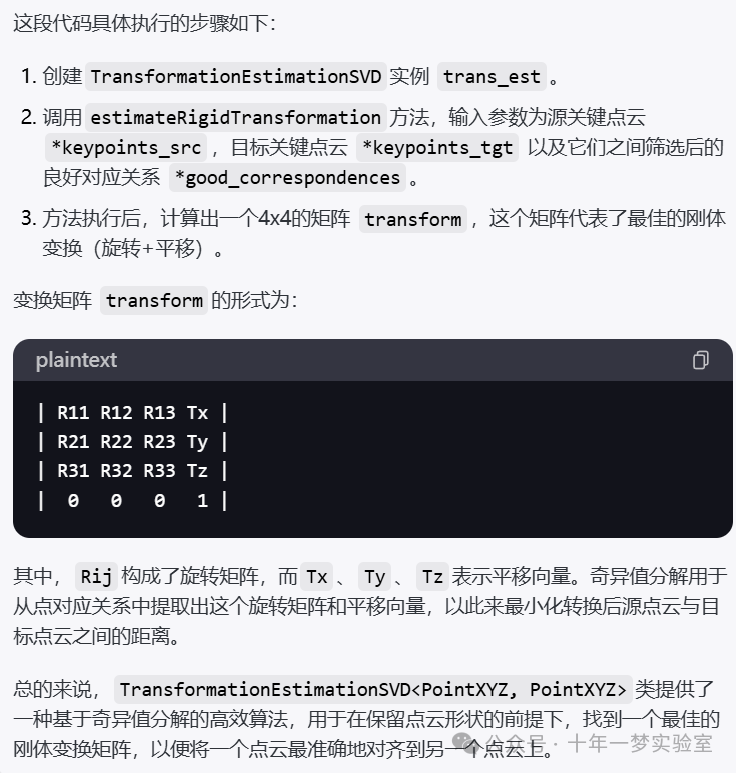



















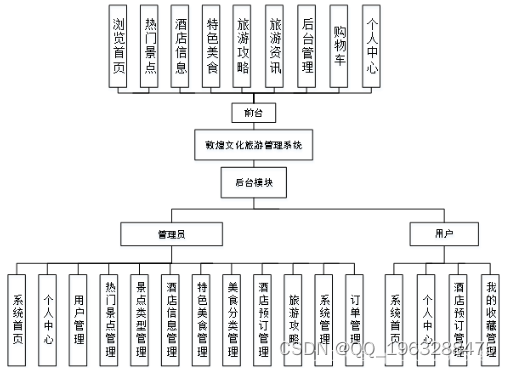
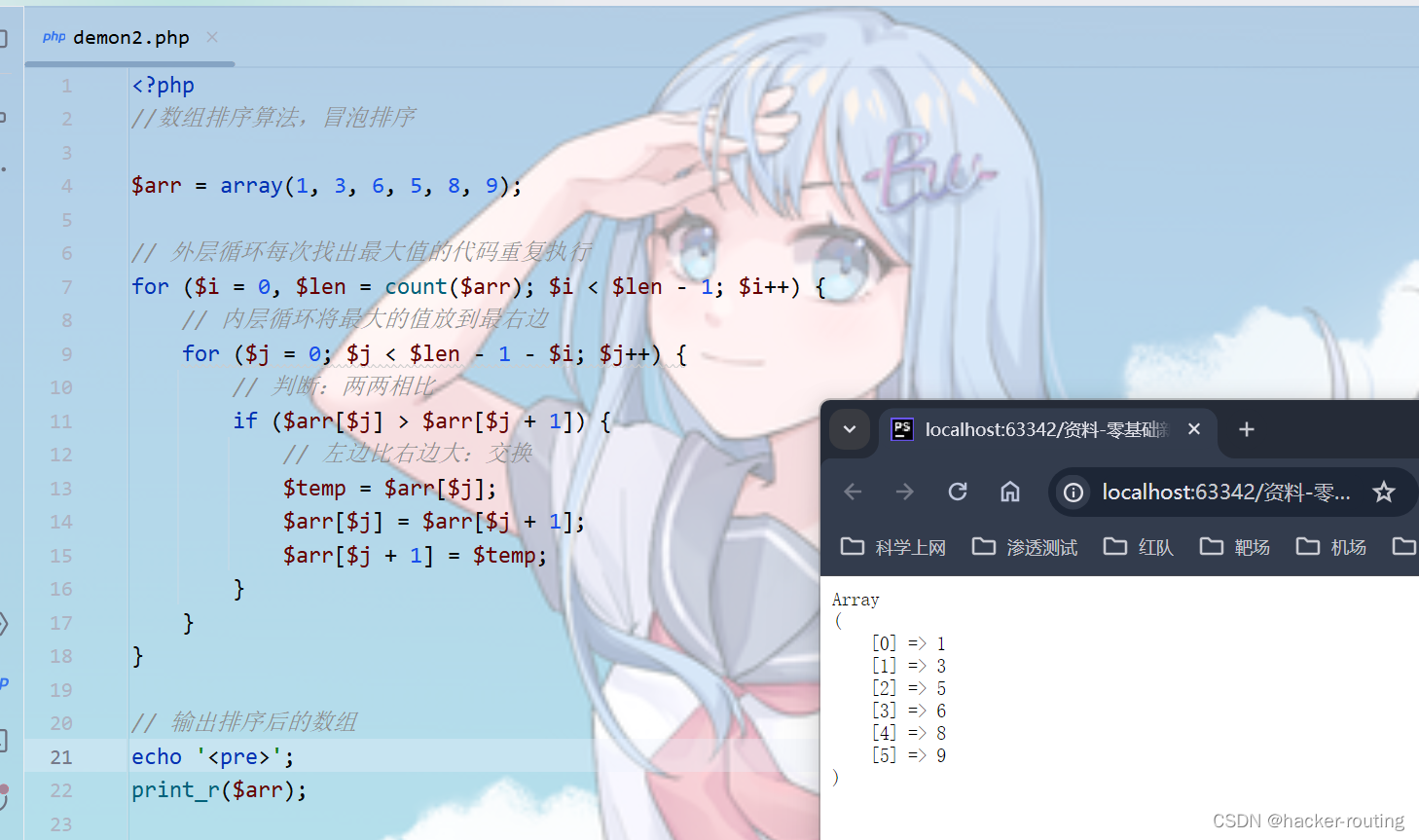






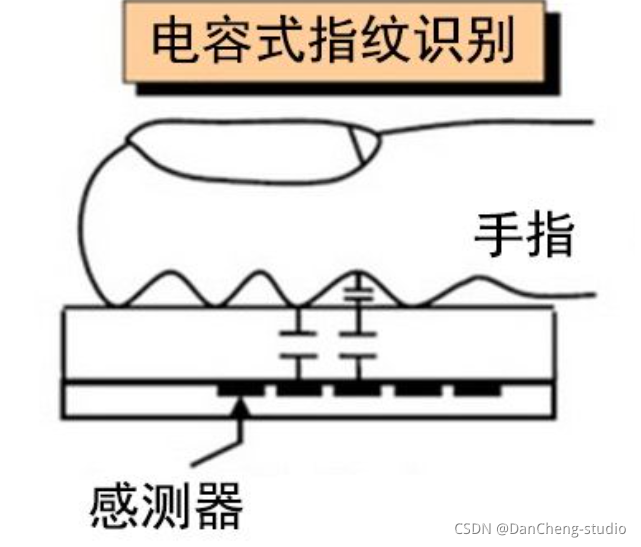




![[BIT]智慧社区综合管理云平台需求文档](https://img-blog.csdnimg.cn/direct/c2a083c28dcf4acaa2e9d34084ba9f1b.png)
